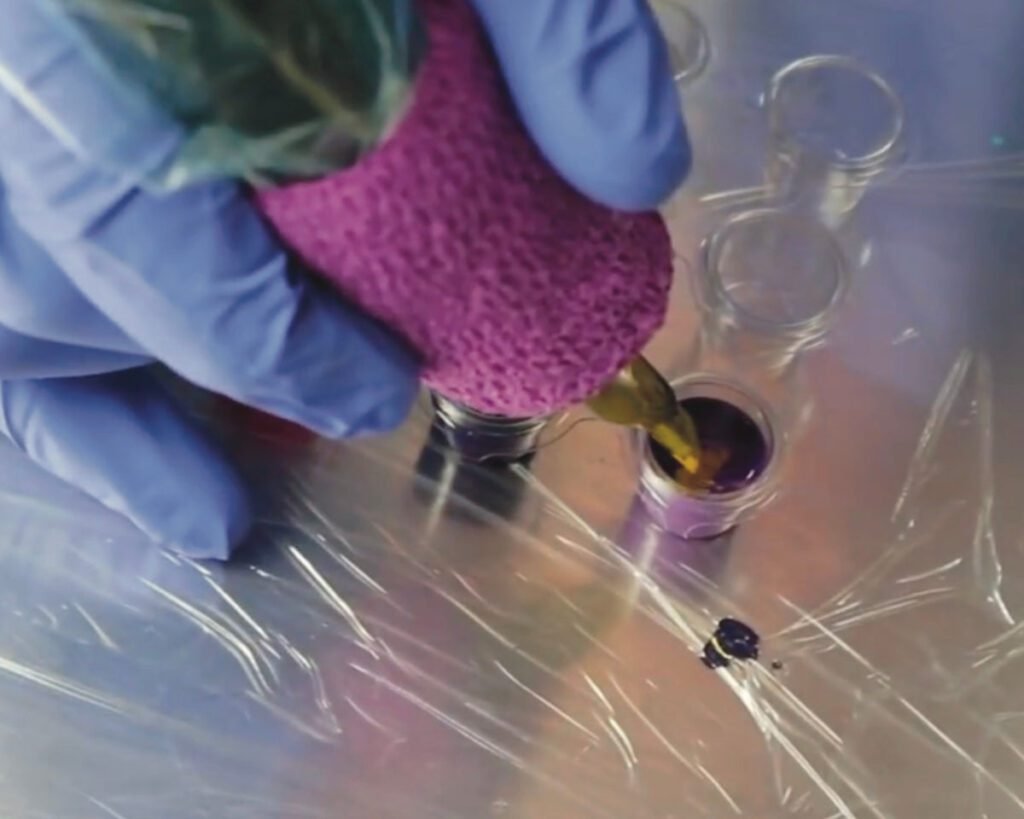For those of you who don’t know me, my name is Jake Meeks.The line between tattoos and art is becoming blurred“
Our content is primarily focused on helping tattoo artists hone their skills.
As you know, MadRabbit focuses on extending the life of its clients’ tattoos, and offers products that help “revitalize, replenish and repair” tattoos.
Through this partnership, we will combine our expertise and A powerhouse in tattoo education Please come and join us!
The first concept I want to introduce is often recognized as one of the most important elements of a great tattoo. Bright colors!
The key to achieving bold, bright colors in your tattoo relies on a few principles and (you might be surprised) has very little to do with the ink you use.
Principle 1 – Value Contrast
If you photograph a color tattoo and use a black and white filter to remove the color, you can see where the lighter colors fall on the value scale.
The most important choice a tattoo artist makes when choosing a color is:
Which colors are dark and which are light?
Placing a dark color near a light color immediately increases the contrast in your design and draws the viewer’s attention to that area.
Principle 2 – Color Intensity
In addition to creating value contrast by using dark colors near lighter colors, the intensity of the colors you choose is also important.
When you use two very bright colors next to each other, they tend to cancel each other out.
However, using a very bright high-key color against a muted or “grayed-down” color will make the high-key color appear much lighter on the skin.
Principle 3 – Complementarity
Using complementary colors is a simple yet powerful way to achieve color contrast.
Complementary colors are colors that are opposite each other on the color wheel.
Examples of complementary colors include blue/orange, red/green, and yellow/purple.
Looking at these examples,
– The first color listed is the primary color (red/blue/yellow)
– The second color listed is a secondary color (orange/green/purple).
If we dig a little deeper, we find that the complement of a primary color is simply the secondary color created when two other primary colors are mixed together (e.g. primary color – blue, complement – orange – red + yellow = orange).
Apply these three principles together (e.g. dark, muted blue / bright, cheerful orange) and you’ll be that little bit closer to unlocking this color’s superpowers.
There are other principles at play here, but I don’t want to complicate it. Instead, I want to share some quick tips you can apply right away to simplify this concept using the principles above.
Here’s a video from our “Tattoo Better in 3 Minutes” series that we think will provide a useful visual example of how to apply these principles to achieve bold, bright colors in your tattoo.
Try this color trick for your next tattoo
